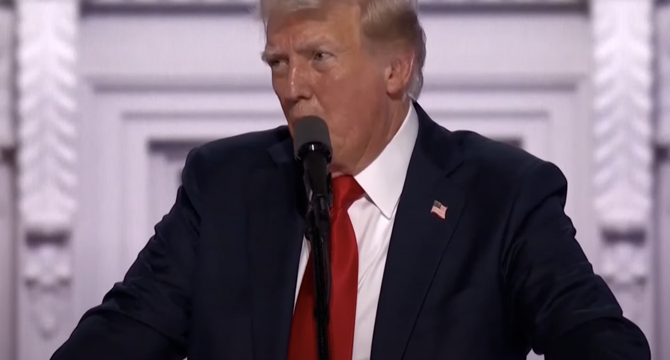CarExpert
2w
116

Image Credit: CarExpert
Reciprocal tariffs on US trading partners will have ‘ripple effects’ on Australia
- US President Donald Trump plans reciprocal tariffs on trading partners to boost manufacturing and raise revenue, with little direct impact on Australia for now.
- Vehicles exempt from new reciprocal tariffs; existing 25% tariffs on imported vehicles and major components like engines remain.
- More tariffs imposed on Chinese imports; rates determined based on assessed costs from each nation.
- Potential disruption in automotive supply chain; analysts warn of higher vehicle prices and production cuts.
- President Trump believes tariffs will benefit American manufacturing but could lead to price hikes and reduced sales.
- Analysts predict price increases of up to $20,000 for luxury vehicles due to tariffs.
- Tariffs may result in a 20% drop in new-vehicle sales if costs are passed to consumers, impacting affordability.
- UAW President supports tariffs to boost American manufacturing, but challenges like supplier relocation and financial strain are foreseen.
- Australia may face indirect effects from tariffs on China, affecting the car industry with a potential trade war dampening global economic growth.
- Financial experts warn of ripple effects on Australia if Chinese tariffs escalate, emphasizing the need for new market access and better trade routes.
Read Full Article
7 Likes
For uninterrupted reading, download the app